What plant do you recommend for excellence?
cactusgarden
12 years ago
Related Stories

HOUSEPLANTSMeet a Houseplant With Excellent Communication Skills
It droops when thirsty, revives quickly and thrives under fluorescents. You may want to hire this hard worker for both home and office
Full Story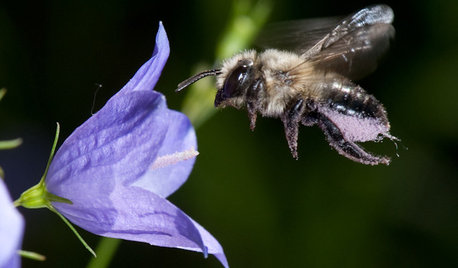
NATIVE PLANTSGreat Design Plant: Color Outside the Lines With Bluebell Bellflower
Plant this Campanula on pathway and patio edges for shots of bright blue from May through September
Full Story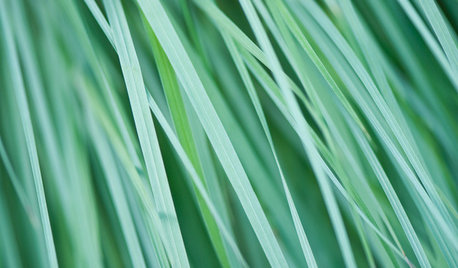
GARDENING GUIDESGreat Design Plant: Little Bluestem Goes Above and Beyond
It thrives in poor soil and provides food and shelter for wildlife. Plus, Schizachyrium scoparium is just a darn pretty native grass
Full Story
NATIVE PLANTSGreat Design Plant: Wild Bergamot, Friend of Foragers
Nourish butterflies and other winged creatures with the tubular flowers of Monarda fistulosa, a pretty pink native
Full Story
GROUND COVERSNative Alternatives to English Ivy, Japanese Pachysandra and Periwinkle
These shade-loving ground covers are good for the environment and say something about where you are
Full Story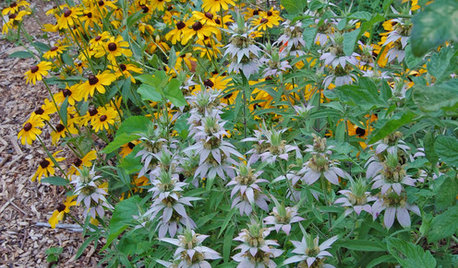
GARDENING GUIDESGreat Design Plant: Spotted Beebalm (Monarda punctata)
Looking for unusual, long-lasting blooms, low maintenance and deer resistance? Try this self-sowing perennial
Full Story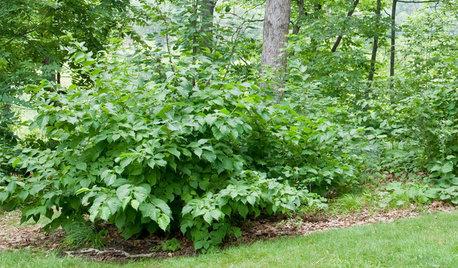
GARDENING GUIDESGreat Design Plant: Corylus Americana Awakens the Woodland Garden
Plant American hazelnut for three seasons of interest and to feed our furry and feathered friends
Full Story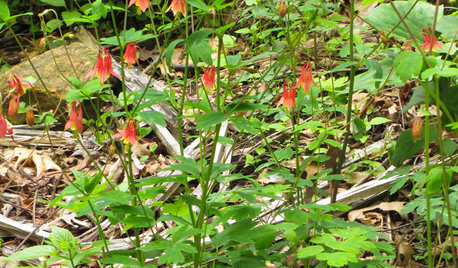
FLOWERS AND PLANTSRoll Out the Welcome Mat for Hummingbirds With Red Columbine
Grow Aquilegia canadensis in eastern perennial gardens or informal woodland plantings for its delicate foliage and uncommon red flowers
Full Story
GARDENING GUIDESPrunus Virginiana Thrives Under Deciduous Trees
Plant chokecherry for showy white flowers favored by native bees in spring, and to provide nesting habitat and food for birds
Full Story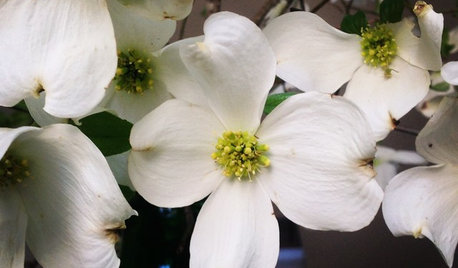
GARDENING GUIDESGreat Design Plant: Cornus Florida Benefits Wildlife
Flowering dogwood provides fiery red foliage in fall and beautiful springtime blooms
Full StoryMore Discussions







rock_oak_deer
cactusgardenOriginal Author
Related Professionals
Derry Landscape Architects & Landscape Designers · Beachwood Landscape Architects & Landscape Designers · Harrison Landscape Architects & Landscape Designers · Americus Landscape Contractors · Dudley Landscape Contractors · Eustis Landscape Contractors · Oak Harbor Landscape Contractors · Pleasant Grove Landscape Contractors · Wanaque Landscape Contractors · Agoura Hills Stone, Pavers & Concrete · Chesapeake Ranch Estates Stone, Pavers & Concrete · Finneytown Stone, Pavers & Concrete · Jericho Stone, Pavers & Concrete · Pacifica Window Contractors · West Springfield Window Contractorspjtexgirl
Vulture61
honeybunny2 Fox
rock_oak_deer
wantonamara Z8 CenTex
ogrose_tx
cactusgardenOriginal Author
wantonamara Z8 CenTex
cactusgardenOriginal Author
wantonamara Z8 CenTex
honeybunny2 Fox
cactusgardenOriginal Author
lucas_tx_gw
cactusgardenOriginal Author
honeybunny2 Fox
melvalena
wantonamara Z8 CenTex
lucas_tx_gw
wantonamara Z8 CenTex